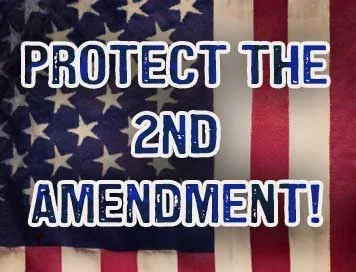Techniques Used to Track Ballistics in Criminal Justice
By Marie Owens

Manasquan, NJ –-(Ammoland.com)- Likely to be the first exposure most people had to forensics, the widely televised O.J. Simpson trial not only piqued public interest in criminal investigation, but its popularity also convinced many that this technology was ready for “prime time.”
Today, the growth in amateur fascination with forensics has inspired a variety of dramatic and reality television programs designed to feed this increasing public appetite. The most positive aspect of increased public awareness in forensics is that the laypeople that sit on juries during criminal trials no longer feel like they need to have a criminal justice degree to comprehend the implications and significance of expert testimony and evidence.
The technology used to test blood samples found at the murder scene in the Simpson case, and to identify the DNA of Amanda Knox on the knife used to kill Meredith Kercher have been standard practice in criminal investigation since 1985. However, in the early 1990s, the naissance of bullet cytology introduced advances in the ability to decipher ballistics evidence. By testing tissue cells found on bullets that pass through a body examiners can identify which organs were struck and determine whether a shooting victim’s injury was survivable or fatal, even without the presence of a body.
The determination of bullet trajectory is an important part of crime scene investigation and reconstruction. By measuring the angle of entry of projectiles found lodged in ceilings and walls, forensic examiners can conclude the location of the shooter when they fired the gun. The older method of verifying bullet trajectory is to insert a rod into the hole and the slant by which the rod protrudes from the hole determines angle of entry. The modern technique to determine trajectory employs laser beams, which are more accurate and easier to use over long distances.
Similarly, investigators can also use technology to get a better understanding of whether the bullet ricocheted or not when the shot was fired. Bullet ricochet regards deviation of bullet trajectory following contact with an object. If proven a bullet struck the victim as a consequence of ricochet rather than aim, the shooting is deemed accidental rather than intentional. When bodies are dumped away from crime scenes, particles picked up by bullets and transferred to a victim can tie the murder to a specific location.
During autopsy, the use of entry and exit hole geometry enables forensic medical examiners to ascertain the position of a victim’s body when struck by a bullet. Generally, entry wounds are smaller than exit wounds and increase in size with higher caliber weapons. By comparing entry and exit wounds to gun caliber, investigators can establish the victim’s distance and angle from the shooter when the bullet made impact.
The evolving sciences of bullet cytology and trajectory examination are important forensic techniques through which crime scene investigators can reconstruct a crime. Combined with forensic technology connecting a weapon to a particular person, the results of these tests can serve to confirm or eliminate suspects. However, the most important service offered by forensic evidence is in the trial stage, providing an attorney the capacity to not only prove or disprove witness testimony but to secure convictions for the guilty and exonerate the innocent.
By-line:
Marie Owens works in security logistics. In her spare time she teaches a female self-defense course and studies law in Washington state.


